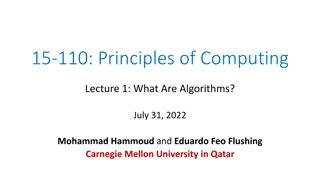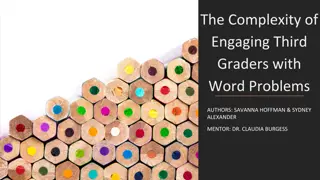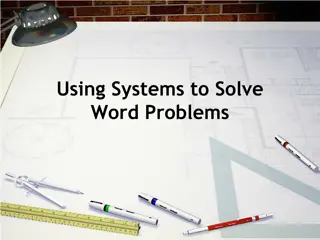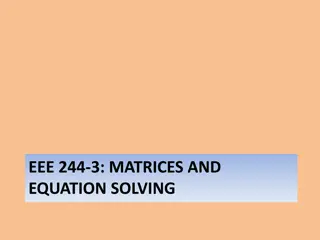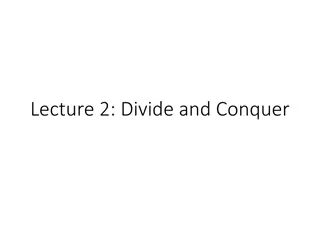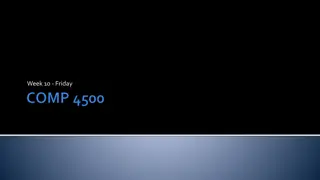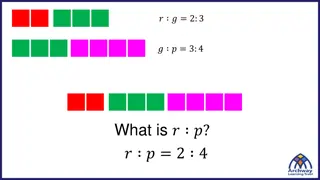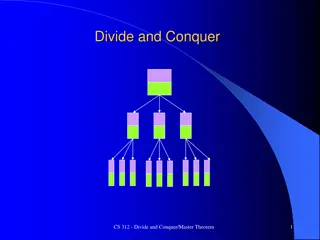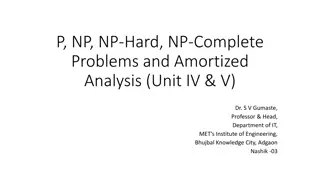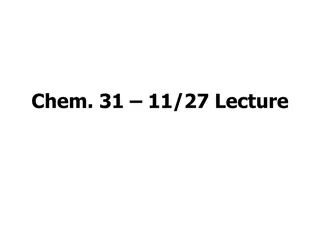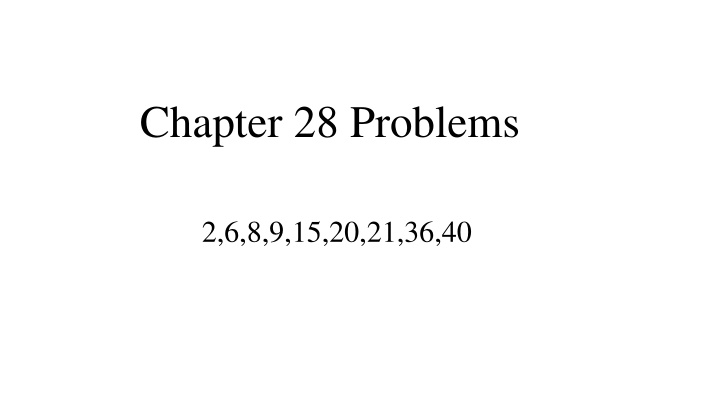
Electromagnetism Problems and Solutions
Explore a series of electromagnetism problems and solutions involving resistance, current, voltage, circuits, and power calculations. Detailed explanations and diagrams provided for each problem.
Download Presentation

Please find below an Image/Link to download the presentation.
The content on the website is provided AS IS for your information and personal use only. It may not be sold, licensed, or shared on other websites without obtaining consent from the author. If you encounter any issues during the download, it is possible that the publisher has removed the file from their server.
You are allowed to download the files provided on this website for personal or commercial use, subject to the condition that they are used lawfully. All files are the property of their respective owners.
The content on the website is provided AS IS for your information and personal use only. It may not be sold, licensed, or shared on other websites without obtaining consent from the author.
E N D
Presentation Transcript
Chapter 28 Problems 2,6,8,9,15,20,21,36,40
2.(a) What is the current in a 5.60- resistor connected to a battery that has a 0.200- internal resistance if the terminal voltage of the battery is 10.0 V? (b) What is the emf of the battery?
6. (a) Find the equivalent resistance between points a and b in Figure P28.6. (b) A potential difference of 34.0 V is applied between points a and b. Calculate the current in each resistor.
8. Four copper wires of equal length are connected in series. Their cross-sectional areas are 1.00 cm2, 2.00 cm2, 3.00 cm2, and 5.00 cm2. A potential difference of 120 V is applied across the combination. Determine the voltage across the 2.00-cm2 wire.
9. Consider the circuit shown in Figure P28.9. Find (a) the current in the 20.0- resistor and (b) the potential difference between points a and b.
15. Calculate the power delivered to each resistor in the circuit shown in Figure P28.15.
20. The ammeter shown in Figure P28.20 reads 2.00 A. Find I1, I2, and .
21. Determine the current in each branch of the circuit shown in Figure P28.21.
36. In the circuit of Figure P28.36, the switch S has been open for a long time. It is then suddenly closed. Determine the time constant (a) before the switch is closed and (b) after the switch is closed. (c) Let the switch be closed at t = 0. Determine the current in the switch as a function of time.
40. Dielectric materials used in the manufacture of capacitors are characterized by conductivities that are small but not zero. Therefore, a charged capacitor slowly loses its charge by leaking across the dielectric. If a capacitor having capacitance C leaks charge such that the potential difference has decreased to half its initial (t = 0) value at a time t, what is the equivalent resistance of the dielectric?



